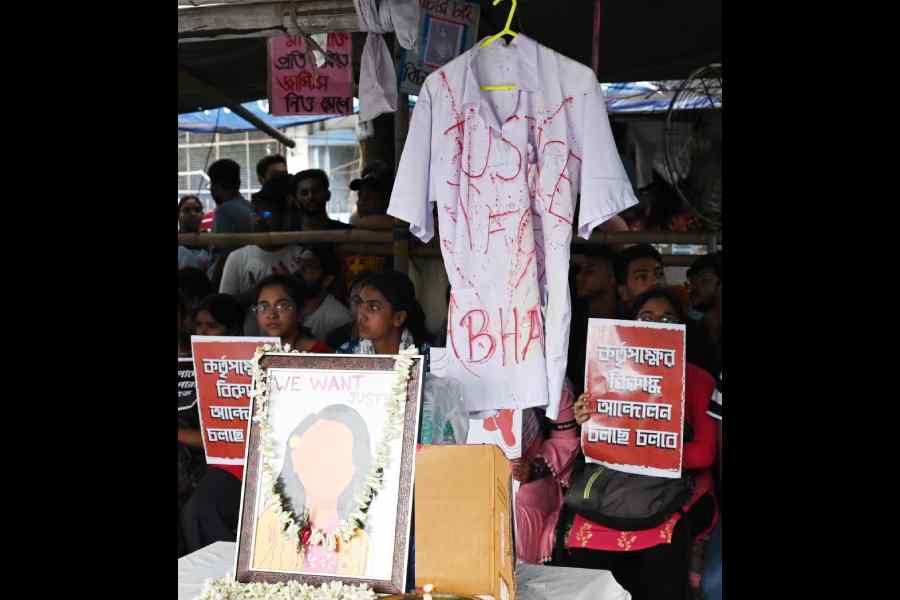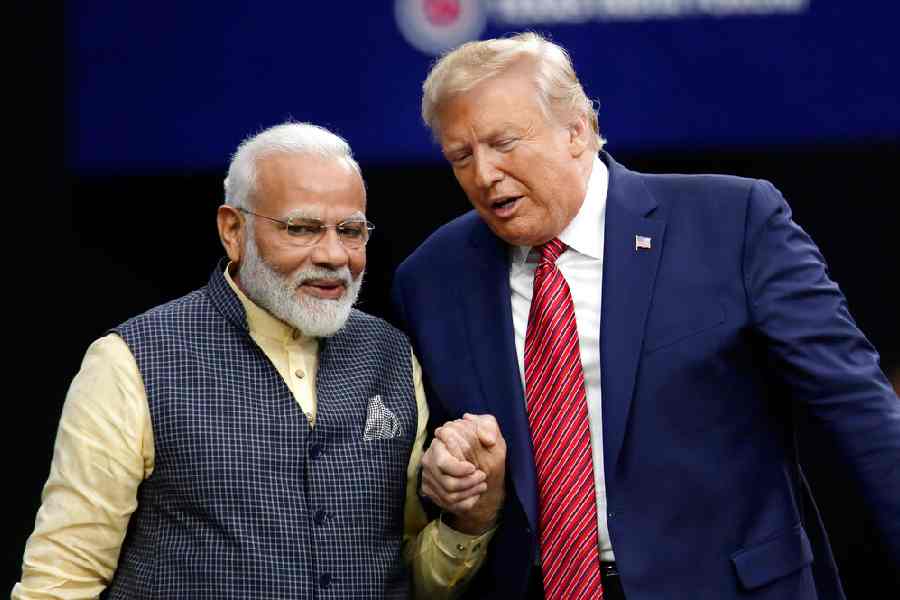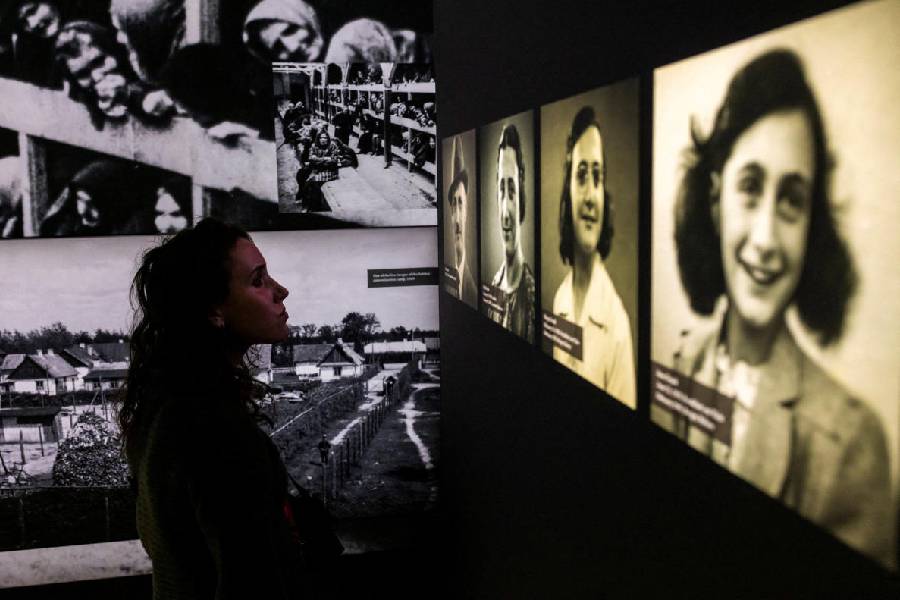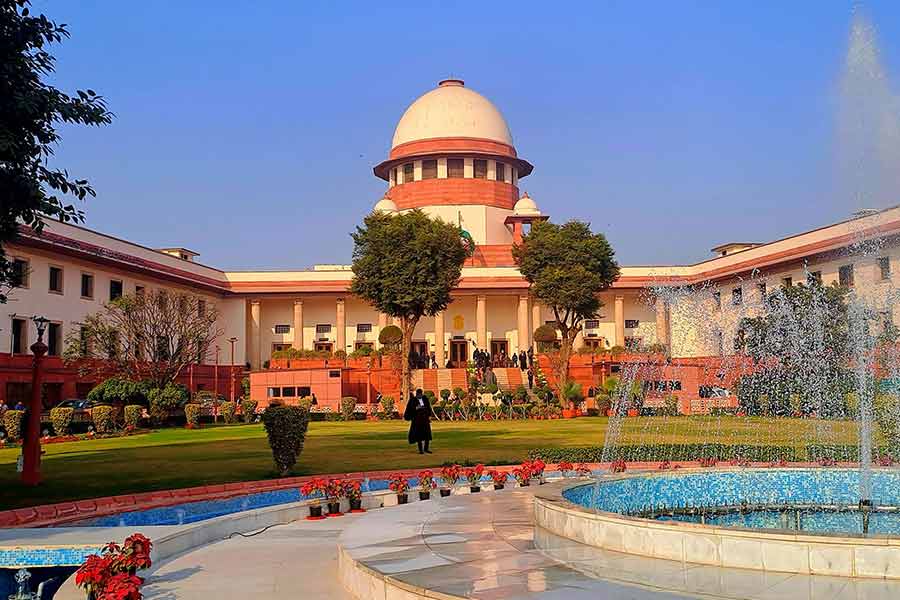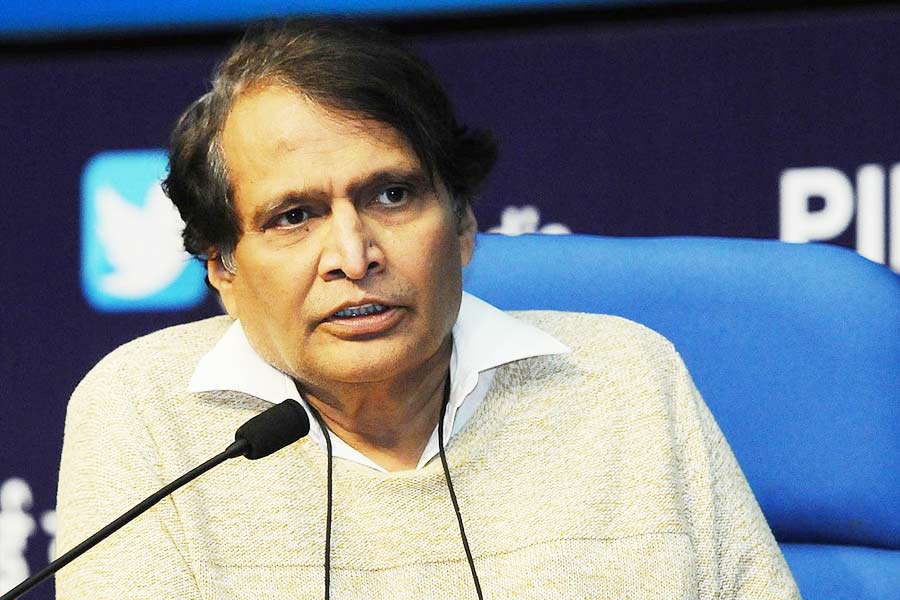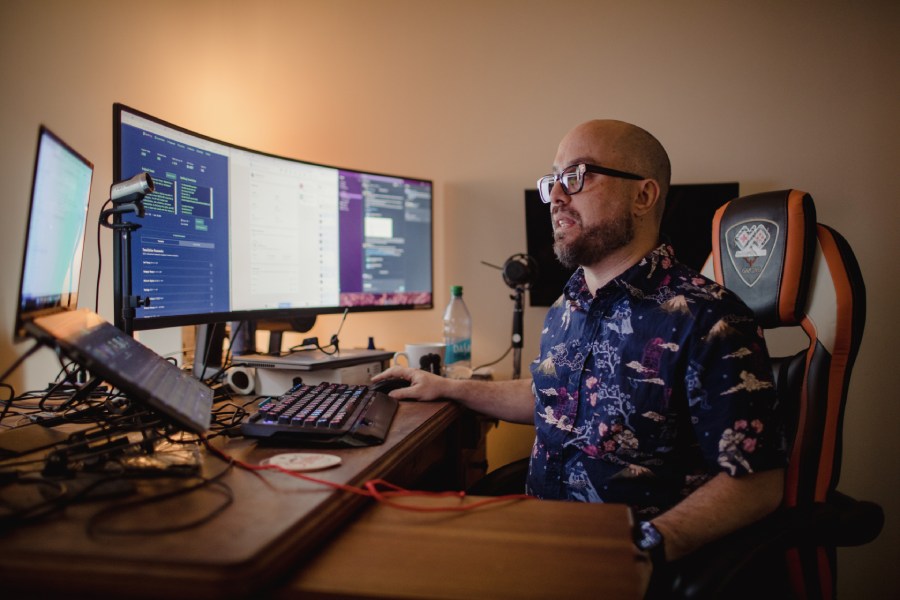The RG Kar rape-and-murder horror is on every lip.
Many Calcuttans feel that chief minister Mamata Banerjee has for the first time in her career misread the popular pulse to this extent, and is facing a backlash more severe than ever before.
Even the Supreme Court has been moved enough to take cognisance of the matter suo motu, and is expected to take it up at 10.30am on Tuesday.
The scale of the protests since August 9 has been unparalleled. Many have alleged a lack of transparency on the part of the police and the state administration and, more importantly, a lack of empathy.
When women are vociferously demanding that nights and all times of the day be made safer for them, the government has responded with an intent to keep women out of night shifts to the extent possible.
Some of the points that dominated conversations in Calcutta over the past 10 days:
‘Unprecedented’
Calcutta can be accused of many things, but being unfamiliar with protests is not
one of them.
Yet the chain of protests triggered by the RG Kar brutality is unmatched even for this city — in terms of its scale, the raw, organic traction it is feeding on, and the barriers it is breaking.
Like the barrier between doctors and patients.
A cease-work by junior doctors has hit healthcare services at government hospitals. OPDs and planned surgeries have been affected in private facilities, too. But the hostility that patients have often shown towards doctors in such instances is absent this time.
Mohun Bagan and East Bengal fans do not agree on anything, from the best food on the plate to the best feet on the Maidan. On Sunday, thousands of supporters forsook their fabled rivalry to demand justice for the victim in one voice, blockading a long stretch of EM Bypass for four hours.
A post-doctoral trainee in dermatology at a hospital in south Calcutta, who has been at the forefront of the ongoing demonstrations, said the “protests have blurred differences”.
“Doctors, gig workers, call centre employees, homemakers, everyone came out,” she said.
The call to “Reclaim the Night” was initially sounded for three sites in Calcutta — Jadavpur, College Street and the Academy of Fine Arts. On the eve of Independence Day, the entire city and its neighbourhood became a giant protest cauldron.
A woman who drives an app cab, a teacher and a homemaker walked together in one rally. A 90-year-old woman and a nine-month-old girl featured side by side in another.
Satabdi Das, author, feminist activist and an organiser of the movement, feels the decentralised nature of the protest is its biggest success. “From the major thoroughfares and housing complexes in the cities to mofussil neighbourhoods, the movement spread everywhere, thanks to women of all age groups,” Das said.
Mamata’s challenge
A government that could not prevent a horrific crime is now seen as a government trying to stifle protests.
That perception has fuelled anger on the streets that is now scalding the image of a government that bagged 29 of the state’s 42 Lok Sabha seats less than three months ago.
There is a flurry of posts on social media urging women to refuse the Lakshmir Bhandar money. There are calls to tone down Durga Puja, something that seemed possible only during a pandemic.
At least one Trinamool MP has already backed the protests, demanding custodial interrogation of the city’s top cop and the now-removed principal of RG Kar.
“We have seen spontaneous protests against the Kamduni and Park Street crimes. But the scale of the protest this time is stronger. Maybe because the victim was a bright young doctor from a struggling family in the suburbs. Also, she was violated and killed inside a government hospital,” said Barnali Guha, a schoolteacher who joined the demonstration on College Street on August 14 night.
Sriparna Paul, an advertising professional, said “agencies responding to a crisis like this have to be extra-conscious to not come across as insensitive”.
“But what happened in this case is the opposite,” she said.
The police barricades that met the football fans in Salt Lake on Sunday or the marching doctors in Lalbazar on Monday have only lent credence to allegations that the administration has lacked not only promptness but also empathy.
Political science professor Maidul Islam was part of a protest meeting at Presidency University’s portico on Monday. Islam said the protests were feeding on the pent-up anger that people in urban areas and their fringes had long nursed against the government.
“The lack of jobs after Covid, the common perception that the leaders of the ruling party are corrupt, and the recruitment scam have influenced them,” he said, adding that the RG Kar atrocity had caused the dam to burst.
But Islam also felt that the regime-change calls from the Opposition, citing neighbouring Bangladesh, were far-fetched.
“This is a legitimate government that has come to power democratically in a process validated by the Election Commission. It’s not like Bangladesh,” Islam said.
Erosion of trust
From office board rooms to neighbourhood salons and the Metro, there seems to be a consensus over one thing — the lack of trust in the police and the state administration.
Not without reason.
A hospital official tried to pass the death off as suicide to the junior doctor’s parents. The city’s police commissioner refused to identify the prime suspect’s association with his force even after his arrest. RG Kar authorities started a demolition and reconstruction job almost at the doorstep of the alleged crime scene.
A tainted college principal was reappointed to another medical college within hours of his resignation from RG Kar.
The lone person arrested so far, Sanjay Roy, is a civic volunteer with Kolkata Police who slept in the barracks after the alleged crime.
Asked about his professional identity, top cop Vineet Goyal had said: “To us, he is a criminal of the highest order.”
A hospital should be able to tell before anyone else that the injuries on the junior doctor did not suggest suicide. But the opposite happened.
Countless Calcuttans told The Telegraph that such a response comes only when “you have something to hide”.
Calcutta High Court made scathing remarks on the role of the hospital administration and the police on August 13 when it handed over the probe to the CBI.
The junior doctor’s parents alleged they were kept waiting for three hours before they were allowed to see her body.
The police rejected the allegation. An official of the state health department told this newspaper that the hospital official had mentioned suicide because it was “tough to tell the parents over the phone that their daughter was raped and murdered”.
“There was no malafide intention in this,” the official said.
Such explanations cut little ice with people seething with anger or perplexed by disparate responses to a tragedy.
RG Kar allegedly took a while to formally report the crime. There is no explanation why.
“There has been one arrest so far. Even if we believe that the arrested person is the culprit, it is scary to learn that a man like him had free access to all quarters of the hospital in the dead of the night,” said Mahalaya Chatterjee, a professor of economics at Calcutta University.
“The principal allegedly made disparaging remarks immediately after the incident was reported. It is like a similar assault happening inside the CU and the vice-chancellor, instead of standing by the victim’s family, making loose comments.”
A protesting doctor at RG Kar said: “You need sensitivity in dealing with the family in a case like this. Some degree of empathy is needed. The chief minister visited the family’s home. But the hospital and the police should have been more sensitive towards the parents.”
Poor response
Obfuscating information can lead to an information vacuum, an ideal breeding ground for fake news and rumour-mongering. This could have been avoided, had the police been more forthcoming with credible information.
The rumours surfaced on social media right after the crime was reported. Some centred around the religious identity of the perpetrator/s.
Some others had “proof” that the police were trying to shield the son of a Trinamool Congress leader. There were details about an autopsy that did not match the actual report.
Police commissioner Goyal tried to provide some clarity but only a week after the incident. Was it too late? The rate at which new rumours are being spread suggests so.
The name and pictures of the victim are being shared randomly on social media. The police have, according to many social activists, been slow to point out that the law does not permit that.
“All this noise about 150mg semen, her legs ripped apart, multiple fractures -- why so much focus on these things? This is dangerous because it tends to normalise, even trivialise, rapes and several other forms of sexual harassment that do not look as bestial but are happening every day,” said Kasturi Basu, documentary filmmaker and activist.

